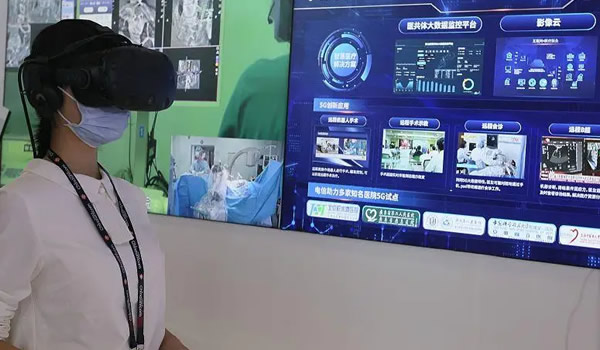Medical technology in Asia is advancing at an unprecedented pace. From AI-powered diagnostics to robotic surgeries and telemedicine platforms, the region is becoming a leader in healthcare innovation. This article explores the latest developments, challenges, and opportunities shaping the future of MedTech in Asia.

Medical technology, or MedTech, has transformed global healthcare in the past two decades. In Asia, the pace of innovation is particularly remarkable due to a combination of economic growth, government investment, and an urgent need to address large populations with diverse health challenges. The convergence of artificial intelligence (AI), robotics, telemedicine, and wearable health devices is creating a new era of personalized and efficient healthcare.
AI in Healthcare: Diagnosis and Beyond
Artificial intelligence has already proven its value in diagnosing diseases more quickly and accurately than traditional methods. In Asia, AI tools are increasingly being used for:
- Radiology and Imaging: AI systems can analyze CT scans and MRIs to detect early signs of cancer or stroke.
- Pathology: Automated pathology slide readers speed up cancer diagnosis.
- Predictive Analytics: Machine learning algorithms predict patient deterioration, allowing early interventions.
In China, AI-driven platforms are being deployed at scale to support rural clinics with limited specialists. Japan and South Korea are integrating AI into hospital information systems, while Singapore emphasizes AI for drug discovery and clinical trial optimization.

Robotics in Surgery
Robotic-assisted surgery has revolutionized fields such as orthopedics, cardiology, and oncology. Hospitals across Asia now use robotic systems for procedures requiring extreme precision. Benefits include smaller incisions, faster recovery, and reduced risk of complications.
Examples include:
- da Vinci Surgical System: Widely used in urology and gynecology across Singapore, India, and Thailand.
- Orthopedic Robotics: Joint replacements guided by robots improve alignment and longevity.
- Neurosurgical Robotics: High-precision systems assist in complex brain tumor resections.
Telemedicine and Digital Health Platforms
The COVID-19 pandemic accelerated telemedicine adoption, and Asia quickly embraced digital healthcare solutions. Countries like India, Indonesia, and the Philippines, with vast rural populations, are leveraging teleconsultation platforms to bridge gaps in access.
Digital health apps now provide chronic disease monitoring, mental health support, and even AI-driven symptom checkers. Startups in Southeast Asia are building platforms that integrate diagnostics, e-prescriptions, and home delivery of medications.
Wearables and Preventive Health
Wearables like smartwatches and glucose monitors are empowering individuals to take control of their health. In Asia, where preventive healthcare is becoming a priority, these devices are helping monitor heart rate, sleep, blood glucose, and physical activity. Insurance companies are even offering premium discounts to clients who use wearables to demonstrate healthy lifestyles.
Challenges Facing MedTech in Asia
Despite the rapid progress, challenges remain:
- Regulation: Varying regulations across countries make it hard for companies to scale.
- Cost: Advanced technologies are often unaffordable for low-income populations.
- Data Privacy: Handling sensitive health data securely is a growing concern.
- Skills Gap: Healthcare workers need training to adopt new technologies.

The Road Ahead
With continued investment, Asia is likely to become a global leader in MedTech by 2030. Governments are supporting innovation hubs, and private companies are bringing new products to market at record speed. The integration of AI, robotics, and digital platforms will redefine healthcare delivery, making it more precise, accessible, and patient-centered.
Conclusion
The MedTech revolution in Asia is not just about technology—it is about improving lives. From rural villages in India to high-tech hospitals in Singapore, innovation is bridging gaps and setting new standards for global healthcare. As AI, robotics, and digital health converge, Asia’s role as a MedTech powerhouse will only grow stronger.
AI healthcare Asia, medical technology Asia, digital health innovations